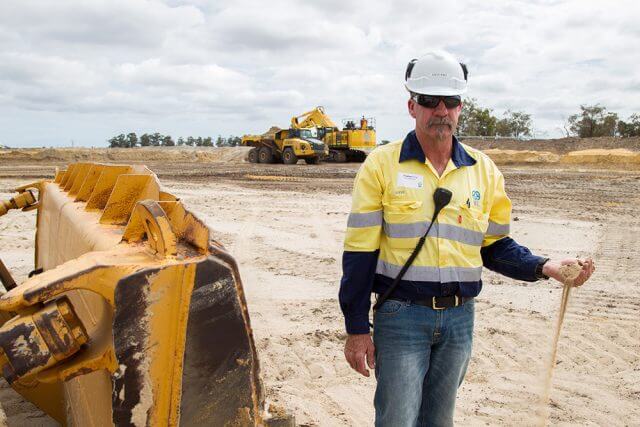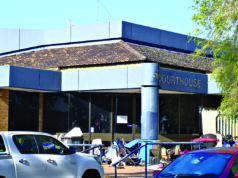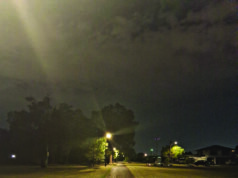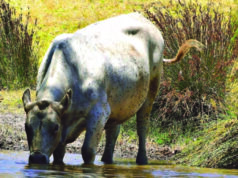
The Keysbrook Mineral Sands project has only been operational for six months but MZI is already looking to extend production, according to managing director Trevor Matthews.
Speaking at the mine’s opening ceremony this week Mr Matthews said while the company had initially received an approval to mine for five and a half years it was believed there was enough resources to continue for up to 30 years.
“Based on the existing and potential reserves and resources, we have the opportunity to create more employment and business activity in the local area and also invest in the social infrastructure in the region,” he said.
The mine, which began operating in October last year following a decade-long process, covers more than 1400 hectares in Keysbrook and North Dandalup.
Mr Matthews described the official opening of the project as a ‘tremendous milestone’ not just for MZI but also for the broader Peel region.
He said the mine had a focus on being local and working with the surrounding community.
“We don’t have fly-in, fly-out workers and we’re not isolated from the communities in which we operate,” he said.
“We’re a drive-in, drive-out workforce so almost 90 per cent of our workforce was recruited from our local area, no more than 30 minutes away.”
Mr Matthews said the Keysbrook site was also a sustainable business with a light environmental footprint.
He said the land would be ‘aggressively’ rehabilitated in a short period of time and farming could restart in two to three growing seasons.

Sand mine facts
• It is the state’s first and the world’s largest primary producer of leucoxene, used in pigment production and found in paints, plastics, food colouring and sunscreen.
• It is a major producer of zircon, most commonly used in the production of ceramics.
• It uses ore processing, which is chemical free and involves sluicing, screening and gravity separation of naturally occurring sand to produce heavy mineral concentrate, which then undergoes simple electrostatic and magnetic separation at a facility near Bunbury to produce the final zircon and leucoxene products.
• There is no waste, with more than 85 per cent of all process water recycled and more than 97 per cent of extracted material returned to the mined area.
• The mine covers land owned by MZI and a number of private landowners.
• MZI has agreements in place with some landowners establishing different areas that can be mined during the day but not at night.
• It mines to a depth of up to three metres.













